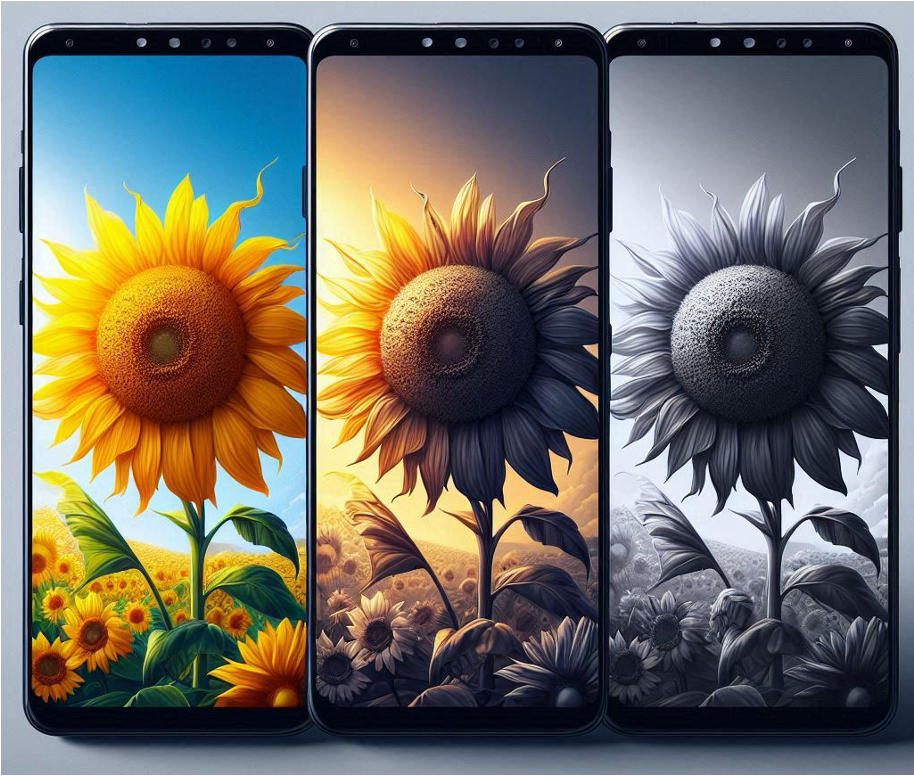
Short-form video platforms like TikTok, Instagram Reels, and YouTube Shorts have exploded in popularity over recent years. These platforms thrive on fast, snappy content that captures audience attention within seconds, catering to the reduced attention spans of digital consumers. Alongside this rise, influencers have become key players in shaping culture, trends, and even consumer behavior.
Influencers, who build communities around their personal brands and content, wield significant influence across various industries, from fashion and beauty to technology and fitness. However, the impact of influencers is complex and multifaceted. To better understand this phenomenon, we can explore their role through three lenses: The Good, The Bad, and The Ugly.
The Good
- Influencers bring a unique and relatable form of content creation that is often seen as more authentic compared to traditional advertising. They connect with their audience on a personal level, building trust and loyalty over time. Many influencers offer value beyond entertainment—they provide education, inspiration, and support to their followers.
- In the past, media exposure was reserved for celebrities or brands backed by large organizations. Now, anyone with a smartphone can create content, providing Joe Public with diverse opinions on a new product or service. If you are looking for more information on, for example, the latest Smartphone, just search on YouTube and you’ll find numerous videos demonstrating all the features and benefits.
- Many influencers build tight-knit communities around their content, which focusses on shared interests like beauty tutorials, fitness tips, or how to design a professional PowerPoint presentation. Through these communities, influencers can drive positive social conversations, making their content impactful and engaging.
- Brands increasingly prefer influencer marketing because it allows them to connect with niche audiences in a more authentic manner. Consumers tend to trust recommendations from influencers they follow, leading to higher engagement rates than traditional advertising.
- Influencers often promote small businesses and products, providing exposure that these enterprises might not otherwise receive. This can help entrepreneurs and startups grow their reach in an affordable way, driving sales and awareness.
The Bad
- While influencers have brought about several positive changes, there are also negative aspects to consider. One of the most concerning impacts of influencers is the potential spread of misinformation. Some influencers, either unintentionally or for personal gain, may promote inaccurate information regarding health, wellness, or other critical topics. Without proper regulation or accountability, this misinformation can spread rapidly to millions of followers, possibly putting lives in danger.
- Many influencers collaborate with brands, which can sometimes lead to their content becoming overly commercialized. These partnerships may alienate followers, as audiences feel that influencers are “selling out” for profit rather than genuinely endorsing products they believe in.
- Influencers also often showcase the most idealistic version of their lives, which can create unrealistic expectations for followers. This is especially prevalent in industries like beauty, fitness, and lifestyle, where audiences might compare themselves negatively to the seemingly perfect lives of influencers, resulting in low self-esteem and mental health struggles.
The Ugly
- The Ugly side of influencer culture is a deeper, more problematic occurrence, one that raises ethical questions and highlights the toxic aspects of this new form of celebrity. Influencers can be targets of, or participants in, Cancel Culture. This means that when an influencer makes a mistake, even a minor one, they can face severe backlash from their community or the internet at large. This can lead to harmful consequences, such as bullying or harassment. On the other hand, some influencers exploit Cancel Culture, using controversy to increase their visibility and engagement, regardless of the damage done.
- Influencers with large followings, particularly among younger or more impressionable audiences, sometimes exploit their influence for profit. This may include promoting harmful products (e.g., diet pills) or dubious financial schemes (e.g., cryptocurrency scams) to their followers.
- Unlike traditional media, influencers often operate without oversight. This lack of regulation can lead to ethical concerns, including the promotion of unsafe products, non-transparent paid partnerships, and even fake reviews. The blurred line between personal opinion and paid endorsement can deceive consumers, with little to no recourse if something goes wrong.
Conclusion
The rise of short-form video platforms and influencers has transformed the media landscape, offering both opportunities and challenges. For brands, the integration of influencer marketing into communication strategies is no longer optional but essential. However, these strategies must prioritize authenticity, transparency, and engagement to succeed in a world where consumers increasingly value meaningful connections over advertising.


